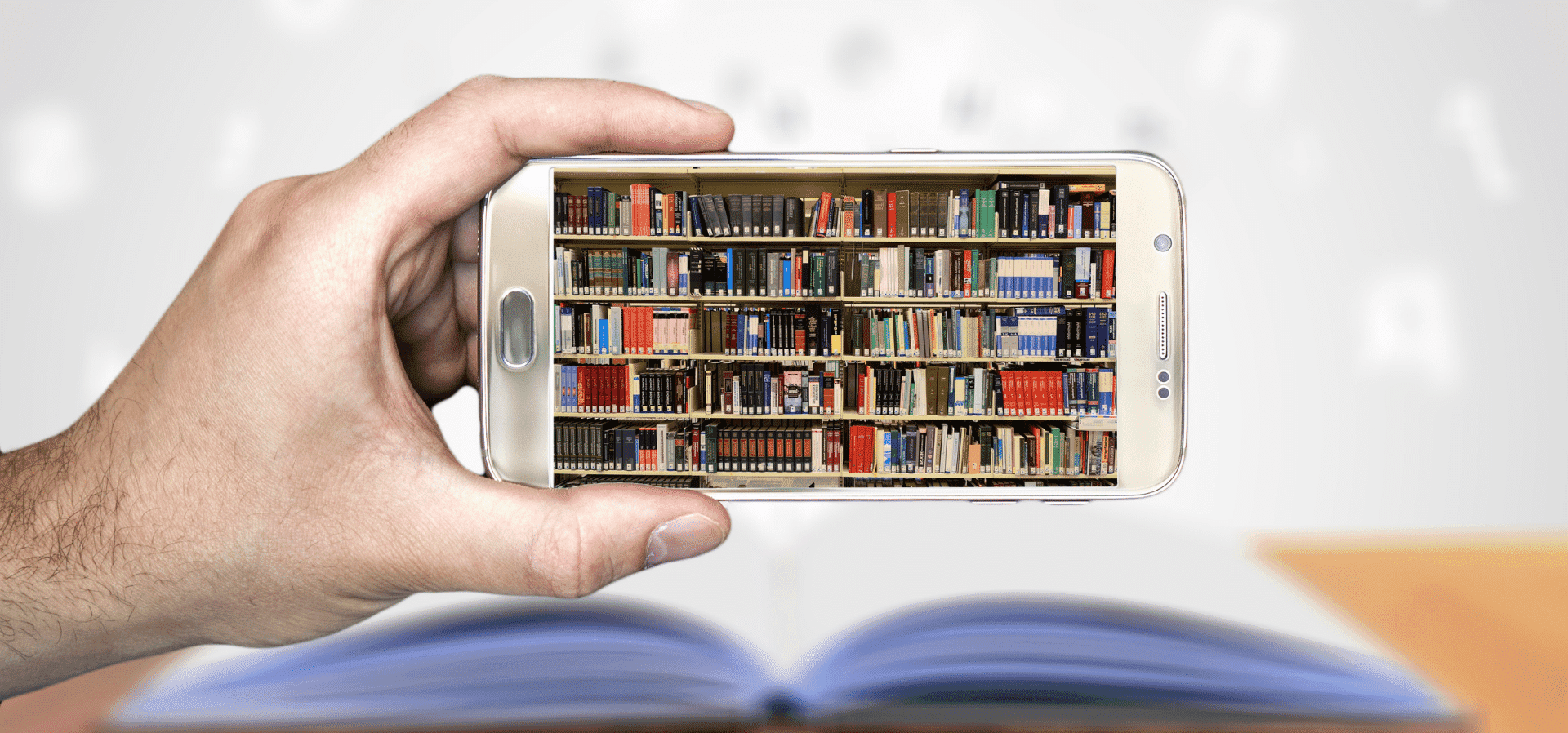 Enhancing Patient Engagement through Patient Advisory Councils
Enhancing Patient Engagement through Patient Advisory Councils Healthcare Innovation- October 2023
Healthcare Innovation- October 2023
 Safety for the Newborn: Price to pay and gain
Safety for the Newborn: Price to pay and gain Nightingale - AI-Powered Digital Platform for Nursing Excellence
Nightingale - AI-Powered Digital Platform for Nursing Excellence
 Establishing a Correlation between prescription analysis and medication adherence using the General Medication Adherence Scale (GMAS) in the Indian Population
Establishing a Correlation between prescription analysis and medication adherence using the General Medication Adherence Scale (GMAS) in the Indian Population A Model Center for a fully automated in-house calibration lab by the biomedical engineering dept.
A Model Center for a fully automated in-house calibration lab by the biomedical engineering dept.
 Porter Management System- Digitalization of Patient Transport
Porter Management System- Digitalization of Patient Transport God Lost His Reputation
God Lost His Reputation
 Challenges in sustaining safety standards in high-performing Healthcare Services
Challenges in sustaining safety standards in high-performing Healthcare Services FMEA: Mitigating Hazard Risk Assessment and Effective implementation of mitigating measures
FMEA: Mitigating Hazard Risk Assessment and Effective implementation of mitigating measures
 The Use Of Innovative Non-invasive Ventilation Mask With An Inbuilt Feeding Port (NIV-IFP Mask) In Patients Requiring Prolonged Ventilation
The Use Of Innovative Non-invasive Ventilation Mask With An Inbuilt Feeding Port (NIV-IFP Mask) In Patients Requiring Prolonged Ventilation Bridging the Gap: Patient-Centered Healthcare with PFPSF
Bridging the Gap: Patient-Centered Healthcare with PFPSF
 Project REAL LIST: Digitization of Checklist - QR code-based digital checklist
Project REAL LIST: Digitization of Checklist - QR code-based digital checklist Electronic Medication Systems: Opportunities, Challenges, and Risks
Electronic Medication Systems: Opportunities, Challenges, and Risks
 Why do we need Patient-Reported Experience Measures (PREMs)?
Why do we need Patient-Reported Experience Measures (PREMs)? NABH: Creating a Culture of Safety in India
NABH: Creating a Culture of Safety in India
 Quality and Patient Safety - Neuro Battle against Deep Vein Thrombosis
Quality and Patient Safety - Neuro Battle against Deep Vein Thrombosis Patient Feedback and Satisfaction
Patient Feedback and Satisfaction
 Digital Library of Court Cases of Main Hospital, AIIMS, New Delhi
Digital Library of Court Cases of Main Hospital, AIIMS, New Delhi Volatility, Uncertainty, Complexity, and Ambiguity (VUCA) in Healthcare
Volatility, Uncertainty, Complexity, and Ambiguity (VUCA) in Healthcare










